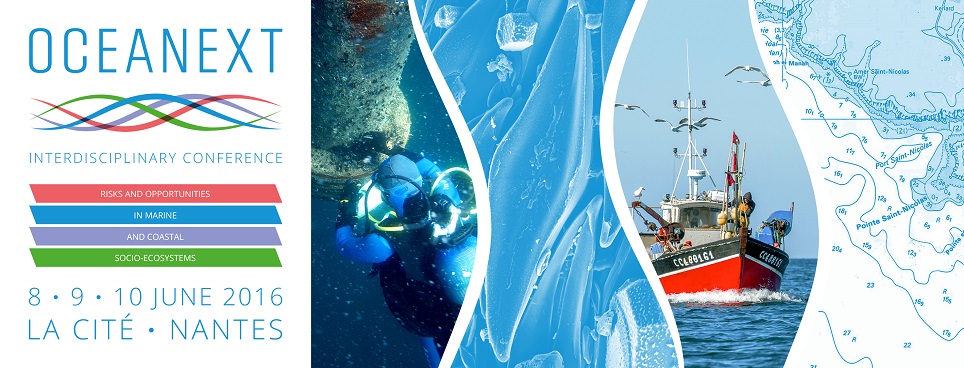At the ecosystem level, sustainable exploitation of fisheries resources depends not only on the status of target species but also on that of bycatch species, some of which are even more sensitive to exploitation. This is the case for a number of elasmobranchs (skates, rays and sharks) species whose abundance declined during the 20th century. Further, the biology of elamobranchs is still poorly known and traditional fisheries stock assessment methods using fisheries catches and scientific survey data for estimating abundance are expensive or even inapplicable due to the small numbers observed. The GenoPopTaille project attempts to apply to the case of the thornback ray (Raja clavata) recent genetic-based methods for absolute population abundance estimation as well as characterizing its genetic diversity and population structure in the Northeast Atlantic. The poster will present the objectives, challenges and progress made so far by the project.

|
Genopoptaille project: moving stock assessment into the future
1 : Institut Français de Recherche pour l'Exploitation de la Mer - Nantes
(IFREMER Nantes)
-
Site web
Institut Français de Recherche pour l'Exploitation de la Mer (IFREMER)
Rue de l'Ile d'Yeu - BP 21105 - 44311 Nantes Cedex 03 -
France
2 : Institut Français de Recherche pour l'Exploitation de la MER - IFREMER
Institut Français de Recherche pour l'Exploitation de la MER - IFREMER
3 : Ifremer
Institut Français de Recherche pour l'Exploitation de la Mer (IFREMER), Institut Français de Recherche pour l'Exploitation de la MER - IFREMER
|
 PDF version
PDF version
